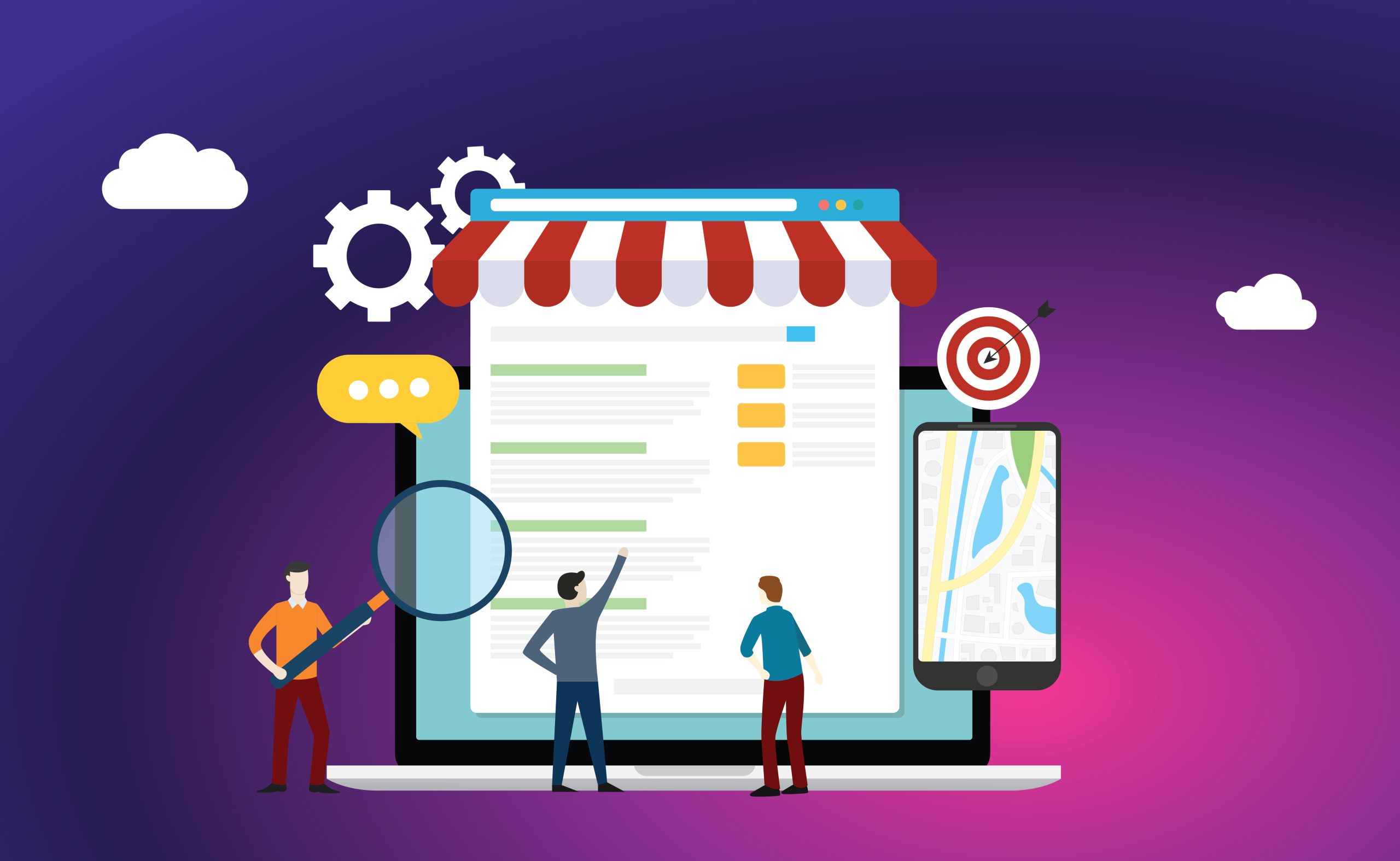When you hear the term “growth marketing,” you might picture a quick boost in sales and visibility for your business. Yet, it’s a bit more complex than that.
It’s about smart, strategic moves that attract customers and keep them coming back.
Let’s explore how growth marketing transforms the typical marketing playbook into a dynamic engine for ongoing g
rowth.
Okay, but what actually is growth marketing and why is it so important for any business?
Understanding Growth Marketing
Growth marketing is all about really understanding your customers and leveraging that knowledge to develop innovative and nontraditional strategies that keep them engaged. This approach allows businesses to multiply their growth through channels that resonate most with their audience.
In other words, growth marketing goes beyond running ads and hoping for the best.
It places customers at the heart of your strategy, prioritizing developing meaningful relationships and building trust before even introducing your product. This focus on customer engagement enhances retention and loyalty, ultimately boosting revenue.
Continue reading to understand the essence of growth marketing and discover how implementing growth marketing strategies can enhance the user experience!
How is Growth Marketing Different from Traditional Marketing?
Let’s face it…
Traditional marketing has its strengths and proven methods, such as holding sales, sending out mass emails, and running consistent Google ad campaigns. These techniques have been effective for years and continue to play a vital role in many marketing strategies.
However, growth marketing brings a different approach to the table.
It emphasizes innovation and adaptability, focusing on continuously experimenting with new ideas, utilizing a variety of channels, and fine-tuning strategies to craft highly targeted marketing campaigns.
This approach involves some trial and error, but that’s what makes it an exciting process.
Growth marketing is about staying agile and ready to embrace new opportunities to connect with the audience more effectively.
Both traditional and growth marketing have their place, and when combined, they can create a powerful, comprehensive strategy that maximizes reach and impact.
Growth Marketing vs Growth Hacking
The concept of “growth hacking” was first introduced by Sean Ellis in 2010 when he needed a marketer who could innovate beyond traditional methods and rapidly grow a user base.
Growth hackers focus on quick, cost-effective strategies aimed at rapidly increasing the number of users, often through testing and experimentation to discover the “next big thing.”
In contrast, growth marketing has evolved from these roots into a more strategic approach. It extends across the entire customer journey, employing sophisticated techniques like A/B and multivariate testing to determine the most effective content for different user segments at certain times.
This evolution allows growth marketers to craft highly personalized marketing campaigns that attract and retain customers, enhancing their engagement and loyalty.
Growth marketing is about creating a highly engaged user base that loves your brand.
This strategy can help you cut acquisition costs, boost revenue, and extend your marketing budget.
Beyond acquiring new customers, growth marketing enhances customer retention and satisfaction, building real relationships that foster trust, nurture loyalty, and create brand advocates.
Here are five key strategies you need to get started with your growth marketing strategy:
Core Components of Growth Marketing
Customer Feedback
Understanding your audience is crucial.
Direct feedback through surveys, referrals, online reviews, and social listening helps you grasp what’s preventing your audience from becoming loyal customers.
It’s also important to use interviews and focus groups to ask customers about their experience with your brand and use that insight to draft your next campaign.
This feedback is essential for refining your marketing strategies to be more relevant and emotionally engaging.
A/B Testing
Continuous improvement is the heart of growth marketing.
By comparing two variants (A and B), you can determine which performs better across elements like website headlines or social media hooks.
This method helps you refine every touchpoint in the customer journey and identify what most grabs your customer’s attention.
Multi-Channel Marketing
Growth marketers utilize various channels, including social media, email, and ads, to ensure they reach their customers effectively and create a seamless experience.
The process begins with selecting the right channels using the RICE method.
This method evaluates each channel’s reach, impact, confidence, and effort to prioritize those that offer the greatest potential. Once a channel is chosen, testing and comparing its performance against existing channels is essential.
Consider integrating technologies like conversational marketing platforms to ensure a consistent and relevant experience across all channels.
For instance, if customers are engaging with emails about a new product launch, you could personalize your website’s homepage to highlight that product.
Setting up customized chatbots on various web pages allows for tailored conversations with users, regardless of their entry point. This strategy enhances the overall buying experience, making it feel as personalized as possible.
Customer Lifecycle Exploration
Growth marketing involves thoroughly exploring every stage within the customer lifecycle to identify and leverage hidden growth opportunities.
Collaborate with data experts within your organization to analyze customer data and discover potential areas for enhancement, such as user experience or new customer onboarding processes.
This strategic focus ensures that growth efforts are effective and aligned with your customers’ evolving needs and behaviors.
Data-Driven Content
High-quality content is crucial for driving any successful marketing strategy.
Compelling and well-crafted content is essential for expanding your email list, increasing demo requests, or enhancing the performance of your LinkedIn ads.
Your content must engage, inform, and resonate deeply with your audience. To stay ahead, consistently monitor industry trends and analyze competitor strategies for ways to improve and refine your content.
The ultimate goal is to create content that captivates and persuades, effectively turning interest into action.
Focusing on producing content that truly speaks to your audience’s needs and interests will help you attract more leads and convert them into loyal customers.
And here are two extra steps you can take to optimize your growth marketing strategy:
Iterative Learning and Agility
Growth marketing thrives on fast learning cycles.
Quickly adapting and responding to insights gathered from testing and customer feedback is key.
And the advantage here is agility—the capability to adjust tactics based on real-time insights swiftly.
This agility is critical because it allows marketers to stay on top of ever-changing market conditions and consumer behaviors.
Instead of lengthy planning cycles, growth marketers refine strategies and tactics through short, fast bursts of experimentation.
This iterative process helps identify what resonates best with the audience, allowing for quick scaling of successful tactics and discontinuing less effective ones.
Ultimately, this approach ensures that marketing strategies are always evolving and improving, increasing the overall effectiveness of marketing efforts and enabling companies to better meet their customers’ needs.
Integrated Technology
Utilize technology to streamline and automate as much of the process as possible. Tools like CRM systems, analytics platforms, and marketing automation software can provide invaluable insights and free up time to focus on strategy and creativity.
Here are some examples:
CRM Systems
Customer Relationship Management (CRM) systems help manage customer data, track interactions, and automate sales and marketing processes. They provide a centralized platform for storing information, enabling personalized and timely marketing actions.
Analytics Platforms
These tools are essential for measuring the success of marketing campaigns and understanding customer behavior. Analytics platforms can track user interactions, campaign performance, and more, providing the data needed to make informed marketing decisions.
Marketing Automation Software
This software automates repetitive tasks such as email marketing, social media posting, and ad campaigns. It allows marketers to create more personalized customer experiences at scale by ensuring the right messages reach the audience.
Leveraging these technologies allows growth marketers to dedicate more time to strategic development and initiatives. Integrated technology enhances marketing effectiveness through improved data management and automation, enabling more personalized and engaging customer experiences.
Growth marketing is not just a strategy but a comprehensive approach that can transform your business. By integrating this methodology, you ensure that every aspect of your marketing effort is optimized for growth, driving substantial, sustainable results.
If you’re aiming for significant growth and looking to elevate your marketing efforts, adopting a growth marketing strategy is your best move. Our team can help you navigate this journey and implement effective growth marketing tactics tailored to your business needs.
Ready to take the next step? Schedule a free call with us here to discuss how we can support your growth marketing efforts and help you achieve your business goals.








